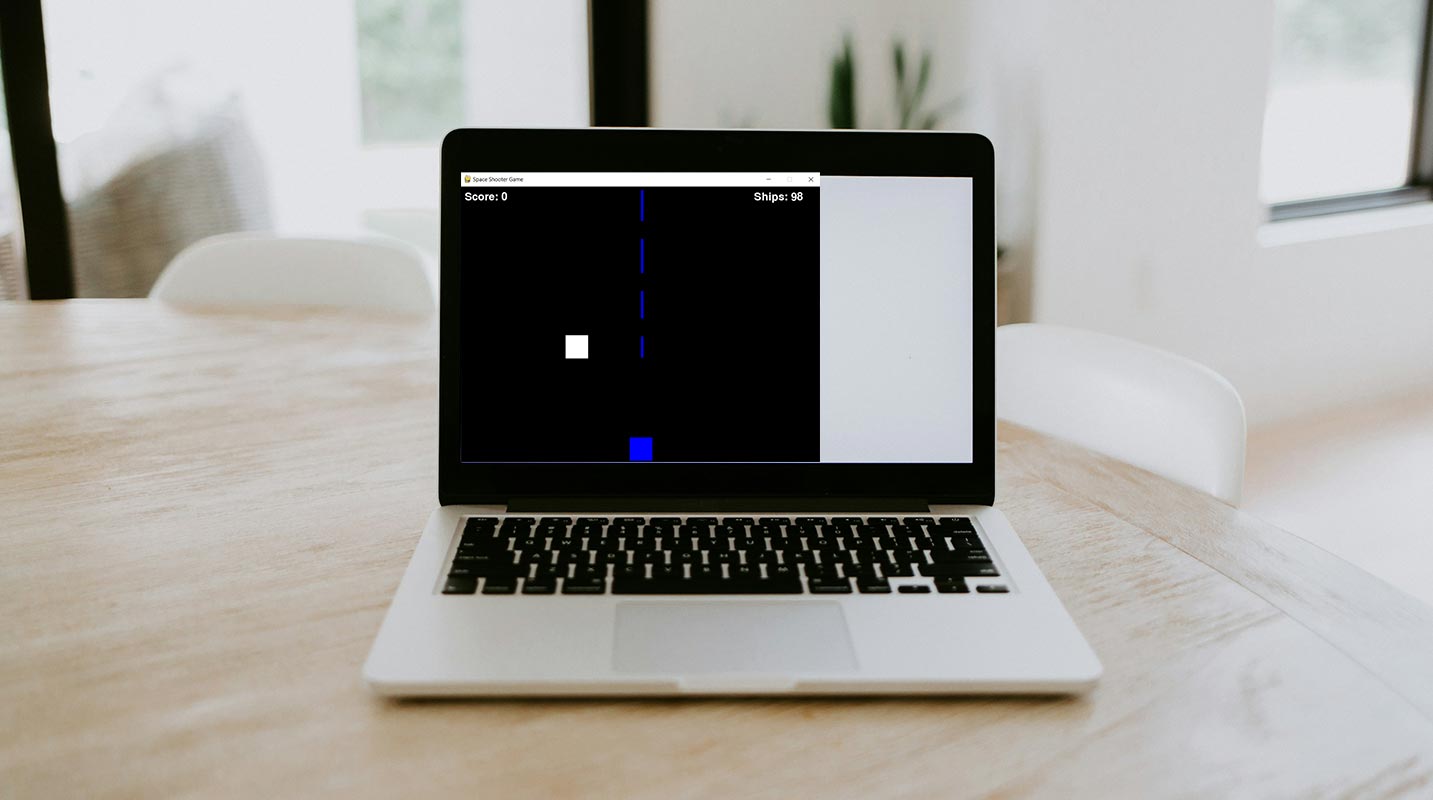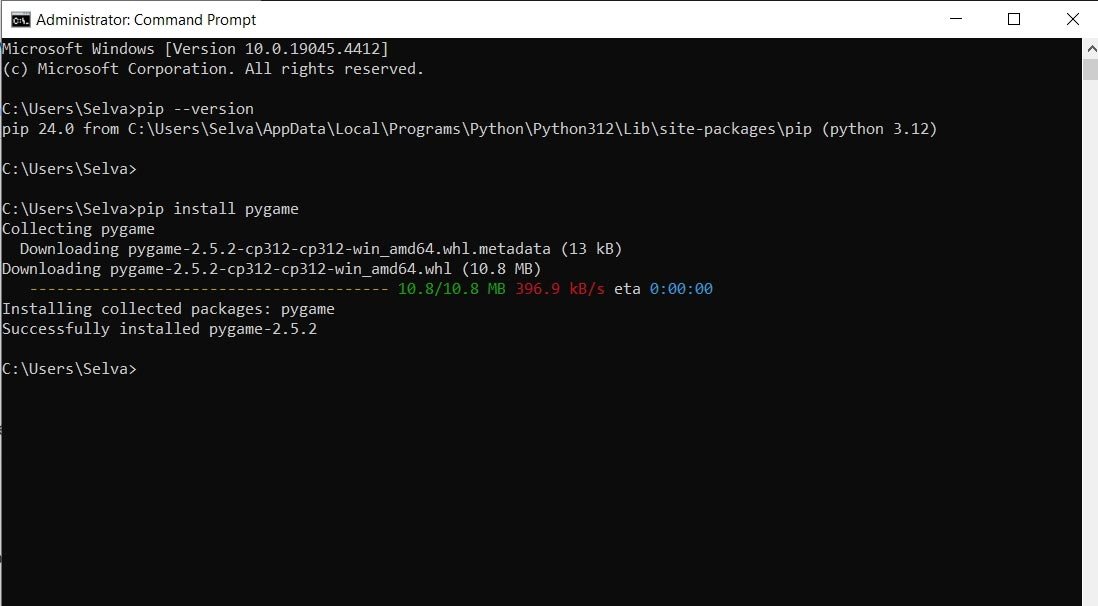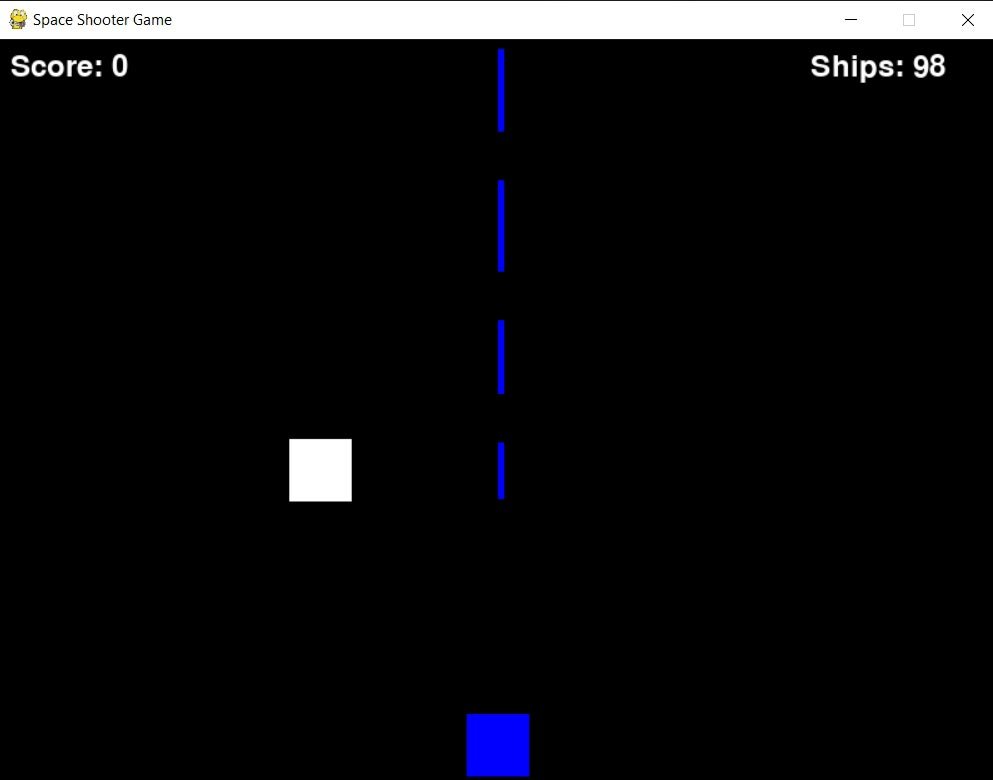Have you ever wondered how cool it would be to create a game like Elon Musk’s Blastar? I recently embarked on this fascinating journey using ChatGPT 4o, and the results were amazing. Combining the power of AI with game development opened up a world of possibilities, making the process smoother and more efficient. With ChatGPT 4o, I could easily generate code and bring the classic space shooter game to life. The AI’s ability to understand and replicate game mechanics streamlined the development process, allowing me to focus on refining gameplay and adding unique features. This experience showcased the incredible potential of integrating AI into game development, transforming complex tasks into more manageable and enjoyable endeavors.
Understanding the Original Blastar Game
Blastar, created by Elon Musk when he was 12, is a classic space shooter game. The player controls a spaceship tasked with destroying enemy ships and avoiding obstacles. The game is simple yet engaging, showcasing Musk’s early interest in technology and gaming.
The Concept of Using ChatGPT 4o for Game Development
So, why use ChatGPT 4o for game development? The idea is simple: leverage AI’s ability to understand and generate code, streamlining the development process. AI can quickly interpret visual inputs, generate corresponding code, and provide real-time suggestions, making it an invaluable tool for developers.
Getting Started with ChatGPT 4o
First, you’ll need access to ChatGPT 4o. If you haven’t already done so, sign up on the official website and familiarize yourself with its interface. The initial setup is straightforward, and once you’re in, you’re ready to start your project.
Gathering Resources
To recreate the Blastar game, I needed a reference. I downloaded a screenshot of the classic Breakout game, which shares similar mechanics. Visual references are crucial as they provide a clear template for AI to work with.
Uploading the Screenshot to ChatGPT 4o
Next, I uploaded the screenshot to ChatGPT 4o. The process is simple: drag and drop the image into the chat interface. ChatGPT 4o then analyzes the image, identifying key elements and preparing to generate the corresponding code.
Generating the Code with ChatGPT 4o
Once the screenshot was uploaded, I prompted ChatGPT 4o to generate the game’s code in Python. Within seconds, it analyzed the image and produced the entire code. This efficiency is one of the major advantages of using AI for coding. Save this file as .py and run it after installing python and pygame.
import pygame import random # Initialize Pygame pygame.init() # Screen dimensions screen_width = 800 screen_height = 600 screen = pygame.display.set_mode((screen_width, screen_height)) pygame.display.set_caption("Space Shooter Game") # Colors black = (0, 0, 0) white = (255, 255, 255) blue = (0, 0, 255) # Player player_size = 50 player_x = screen_width // 2 - player_size // 2 player_y = screen_height - player_size - 10 player_speed = 5 # Enemy enemy_size = 50 enemy_x = random.randint(0, screen_width - enemy_size) enemy_y = 0 - enemy_size enemy_speed = 5 # Bullet bullet_width = 5 bullet_height = 10 bullet_speed = 7 bullets = [] # Game variables score = 0 ships = 100 clock = pygame.time.Clock() font = pygame.font.SysFont(None, 35) def draw_player(x, y): pygame.draw.rect(screen, blue, [x, y, player_size, player_size]) def draw_enemy(x, y): pygame.draw.rect(screen, white, [x, y, enemy_size, enemy_size]) def draw_bullet(x, y): pygame.draw.rect(screen, blue, [x, y, bullet_width, bullet_height]) def show_score(score): score_text = font.render(f'Score: {score}', True, white) screen.blit(score_text, [10, 10]) def show_ships(ships): ships_text = font.render(f'Ships: {ships}', True, white) screen.blit(ships_text, [screen_width - 150, 10]) running = True while running: screen.fill(black) for event in pygame.event.get(): if event.type == pygame.QUIT: running = False keys = pygame.key.get_pressed() if keys[pygame.K_LEFT] and player_x > 0: player_x -= player_speed if keys[pygame.K_RIGHT] and player_x < screen_width - player_size: player_x += player_speed if keys[pygame.K_SPACE]: bullets.append([player_x + player_size // 2, player_y]) for bullet in bullets: bullet[1] -= bullet_speed if bullet[1] < 0: bullets.remove(bullet) elif enemy_x < bullet[0] < enemy_x + enemy_size and enemy_y < bullet[1] < enemy_y + enemy_size: bullets.remove(bullet) enemy_x = random.randint(0, screen_width - enemy_size) enemy_y = 0 - enemy_size score += 10 enemy_y += enemy_speed if enemy_y > screen_height: enemy_x = random.randint(0, screen_width - enemy_size) enemy_y = 0 - enemy_size ships -= 1 if ships == 0: running = False draw_player(player_x, player_y) draw_enemy(enemy_x, enemy_y) for bullet in bullets: draw_bullet(bullet[0], bullet[1]) show_score(score) show_ships(ships) pygame.display.flip() clock.tick(60) pygame.quit()
Introduction to Python and Pygame
Python is an excellent choice for game development due to its simplicity and readability. Pygame, a popular library for creating 2D games, makes it even easier. With Pygame, you can effortlessly handle graphics, sounds, and user inputs.
Setting Up Your Development Environment
Before diving into coding, you need to set up your environment. Install Python from the official website and then install Pygame using the command pip install pygame. These tools are essential for running and testing your game.

Creating the Game Structure
Now, let’s set up the game’s basic structure. Start by creating a window for the game using Pygame. Define game variables and constants to control screen dimensions, colors, and frame rates.
Polishing the Game
Enhance the game by adding sound effects and improving graphics. Use Pygame’s capabilities to play sounds and animate sprites.
Testing and Debugging
Finally, test the game thoroughly to ensure everything works as expected. Identify any bugs and fix them to polish your game.

FAQs
How long did it take to develop the game?
The initial code generation took seconds, but refining and testing the game took a few hours.
What challenges were faced during the development?
The main challenge was fine-tuning the generated code to match the desired gameplay.
Can this method be used for other types of games?
Absolutely! ChatGPT 4o can be used to develop various types of games by providing appropriate inputs and requirements.
How can one learn more about using AI for coding?
Many online resources, tutorials, and courses are available to learn about AI-assisted coding and game development.
Is Python the best language for game development?
Python is great for beginners due to its simplicity, but other languages like C++ and Unity’s C# are also popular for more complex game development.
Wrap Up
Creating a game like Blastar using ChatGPT 4o and Python is an incredibly rewarding experience. It showcases the seamless integration of AI and programming. This combination accelerates development and democratizes game creation, making it accessible to a broader audience. ChatGPT 4o simplifies complex coding tasks, allowing developers to focus on creativity and gameplay refinement.
As AI continues to evolve, its potential in game development becomes increasingly apparent, offering limitless possibilities for innovation and efficiency. Whether you’re a seasoned developer or a beginner, leveraging AI tools like ChatGPT 4o can transform your approach to game design, enabling you to bring your visions to life with unprecedented ease and speed. The future of game development is undoubtedly intertwined with AI, promising exciting advancements and more immersive gaming experiences.

Selva Ganesh is the Chief Editor of this Blog. He is a Computer Science Engineer, An experienced Android Developer, Professional Blogger with 8+ years in the field. He completed courses about Google News Initiative. He runs Android Infotech which offers Problem Solving Articles around the globe.



Leave a Reply